The Volkswagen ID 7 will be more expensive than the Hyundai Ioniq 6, BMW i4, Polestar 2 and Tesla Model 3 when it goes on sale in January 2024, priced at £55,570.
The Pro Launch Edition comes with 19in alloys, a 15in infotainment system and heated front seats as standard, as well as a free home wall charger and £750 in public charging credits.
Pricing for other models have yet to be announced but we anticipate cheaper trim levels to be offered in the future.
The ID 7 saloon was revealed earlier this year as the brand's long-awaited first electric saloon. It will rival the Tesla Model 3 with a brand-new infotainment software, driving dynamics that major on long-distance travel and a range of up to 435 miles.
The regular ID 7 will launch in Europe and China this autumn, with the US following in 2024.
Two batteries will be available: a 77kWh pack (used in existing ID models) giving a 382-mile range and 170kW charging; and a new 86kWh unit that allows 435 miles between recharges and top ups at up to 200kW. In the fastest Pro S guise, a 0-62mph time of around 6.0sec is achievable.
The saloon measures nearly five metres long and has a wheelbase of around three metres, making it larger than the Volkswagen Passat, which it indirectly replaces, and closer in size to the Phaeton luxury saloon, which bowed out in 2016.
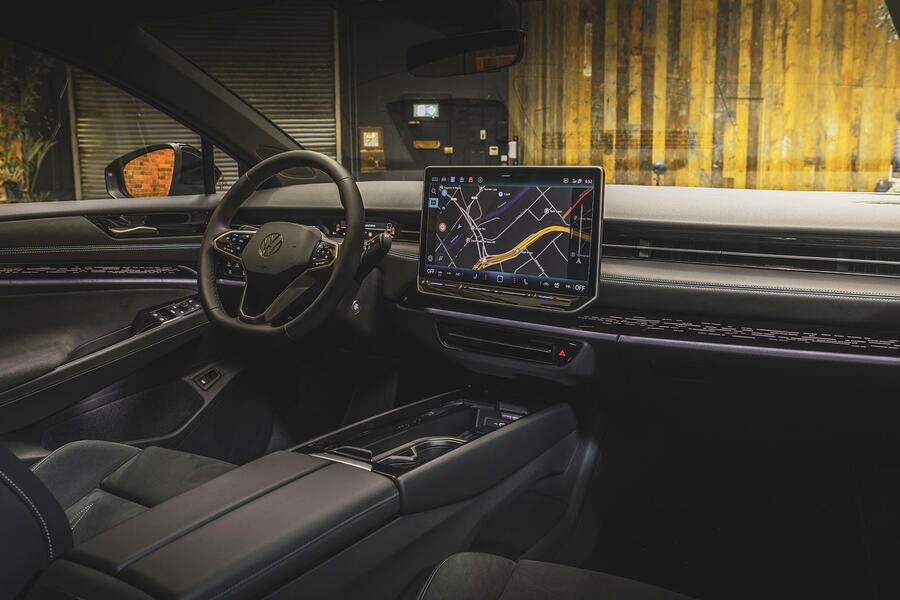
Its cabin majors on practicality but various touches ramp up the ID 7's luxury credentials, including a panoramic roof that switches from opaque to transparent at the touch of a button, optional massage seats, an augmented reality head-up display, interior ambient lighting with up to 30 colours, and a 15.0in infotainment touchscreen running a heavily overhauled iteration of Volkswagen's MIB software platform. Boot space is 532 litres, beating both the 470-litre BMW i4 and 425-litre Tesla Model 3.

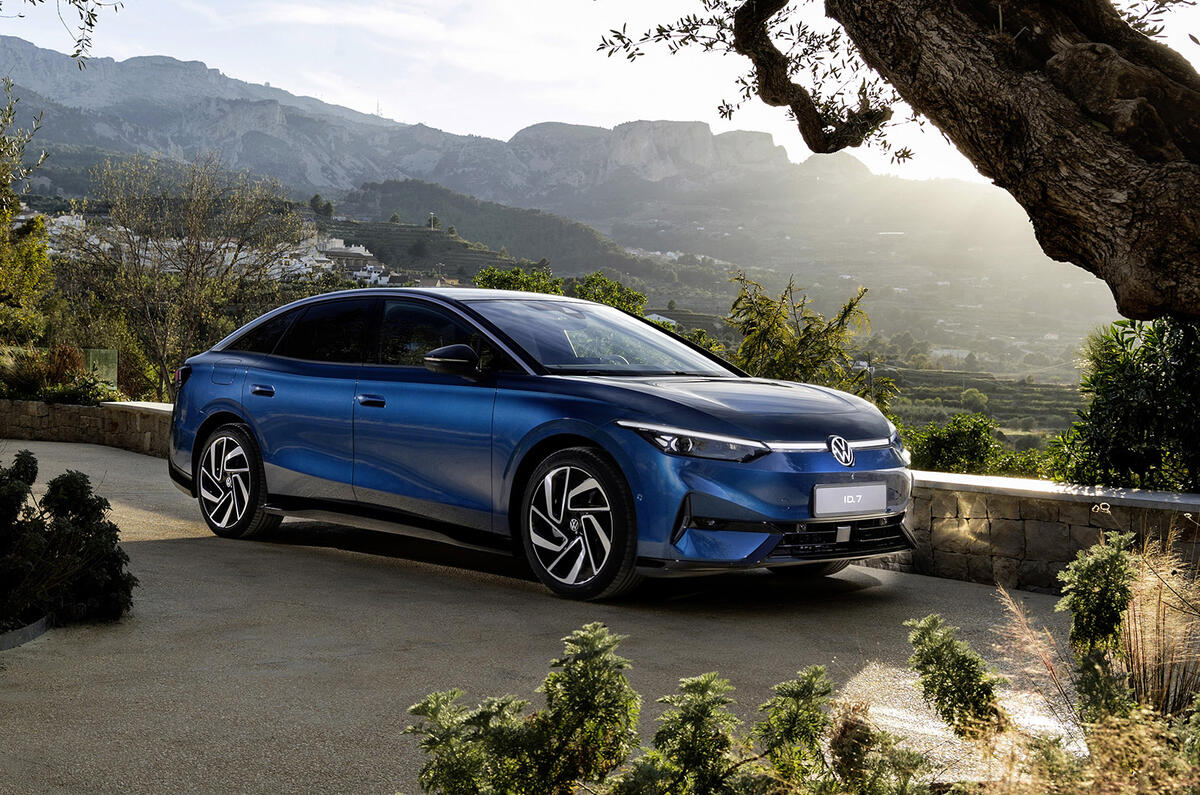
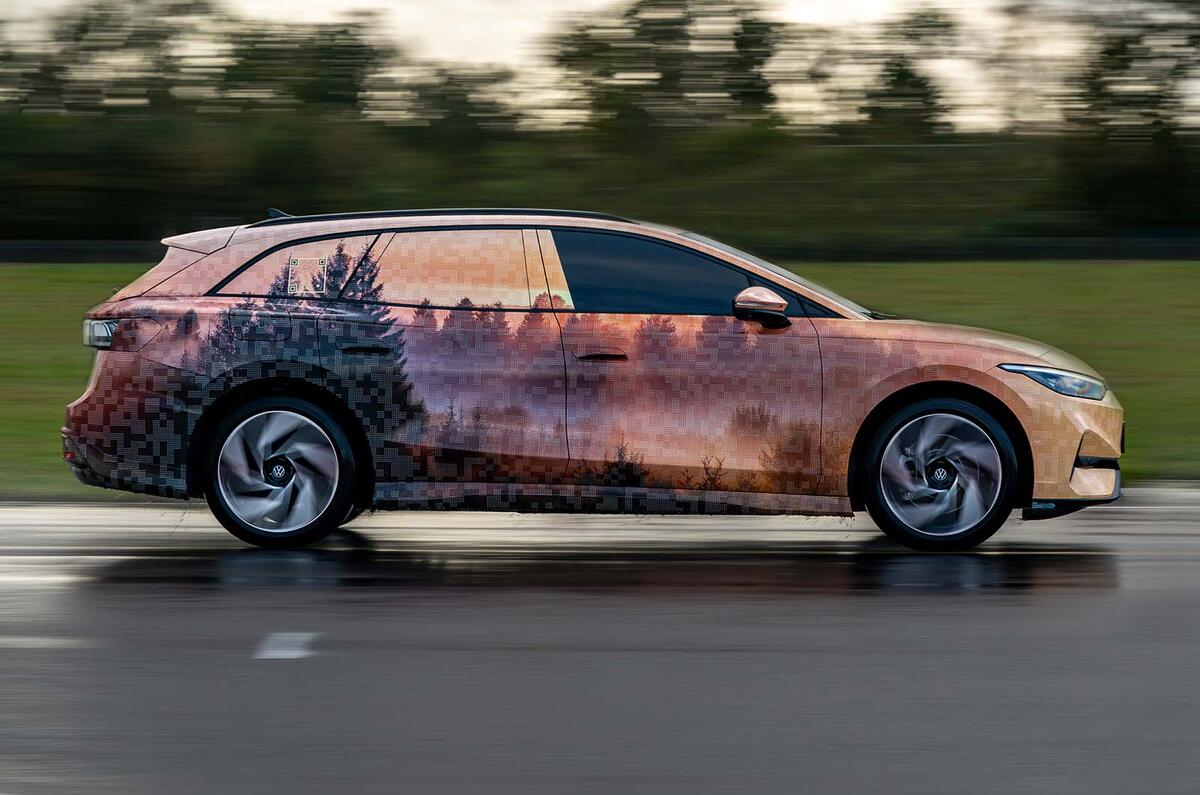
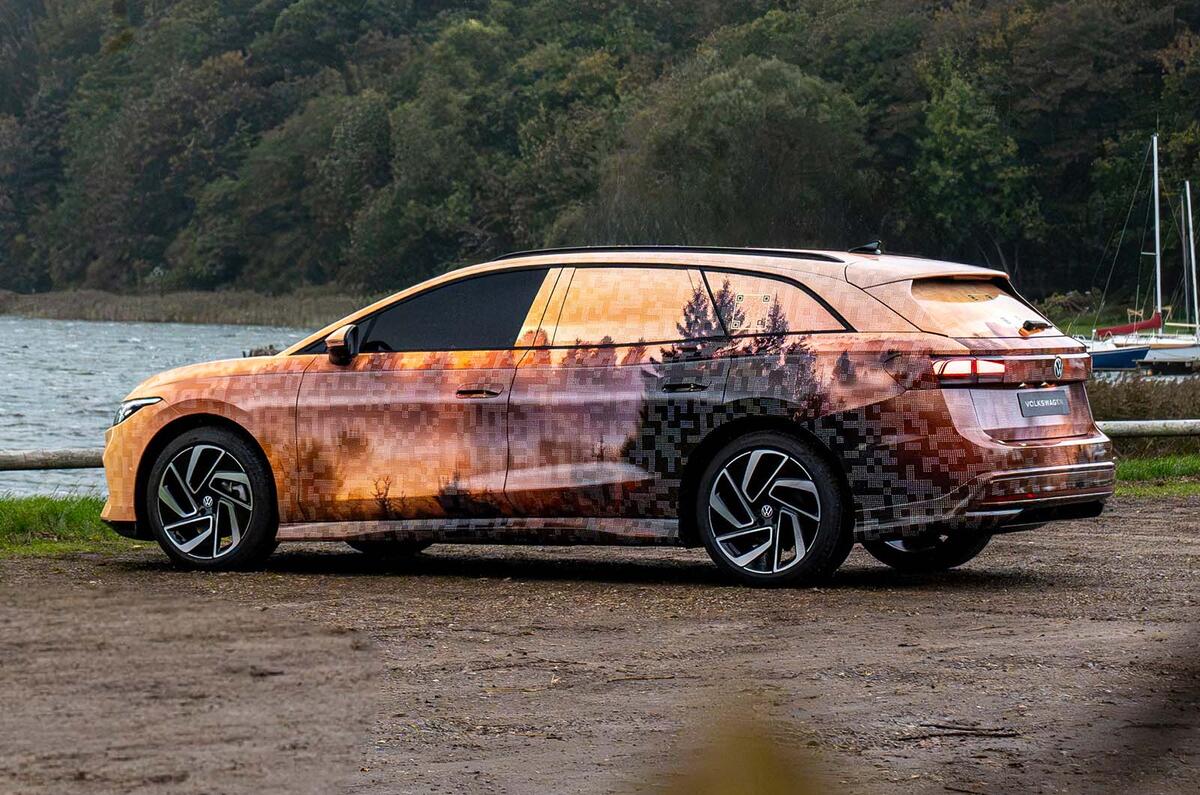
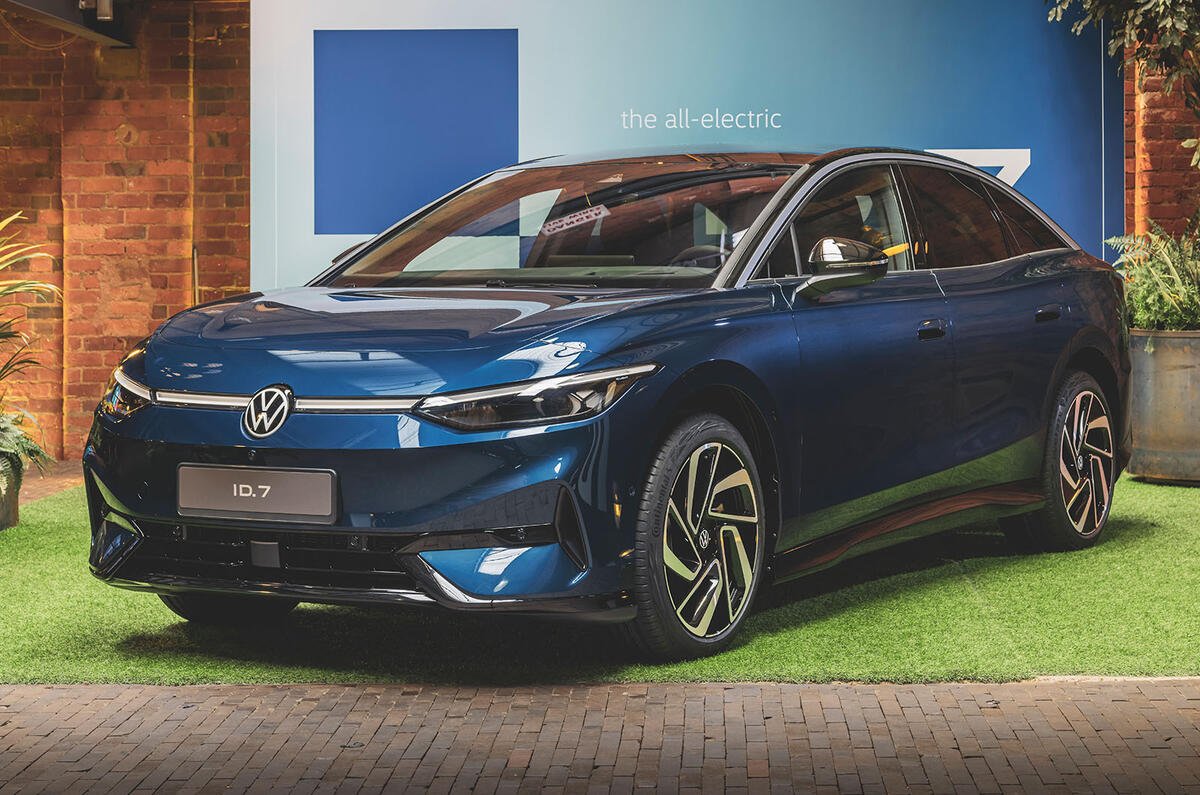
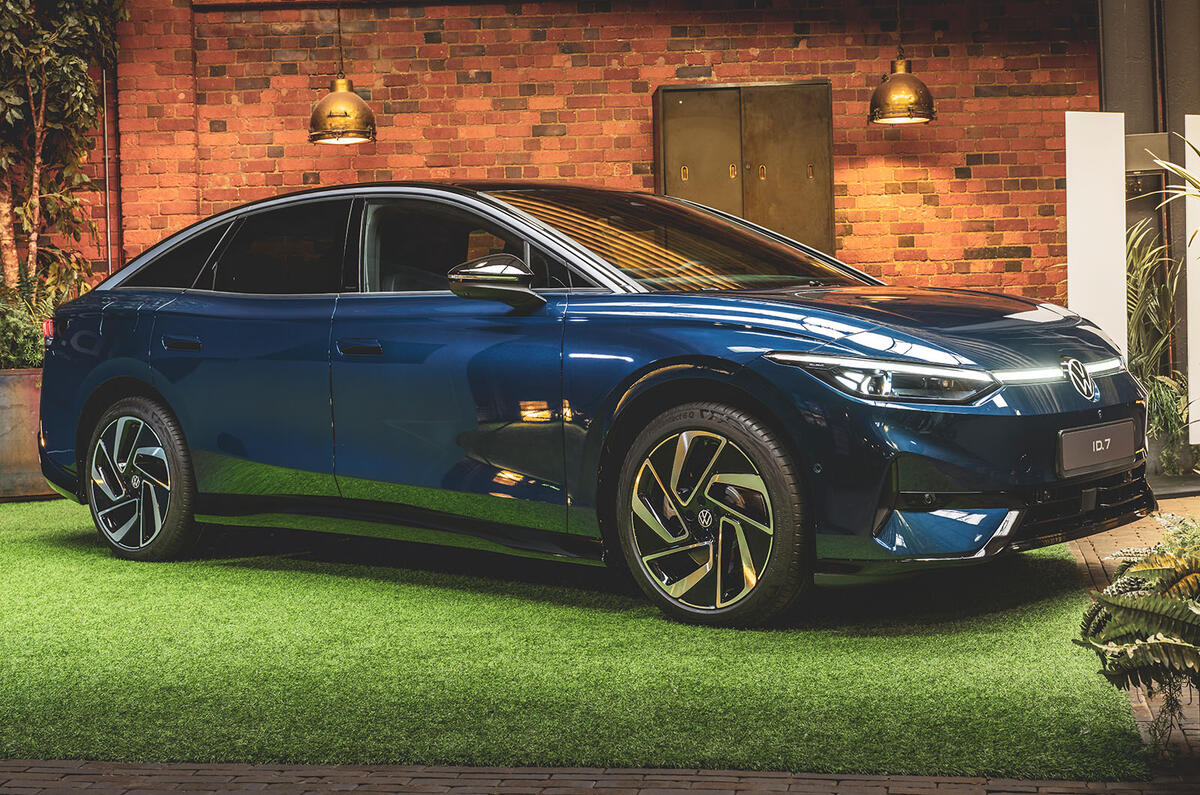
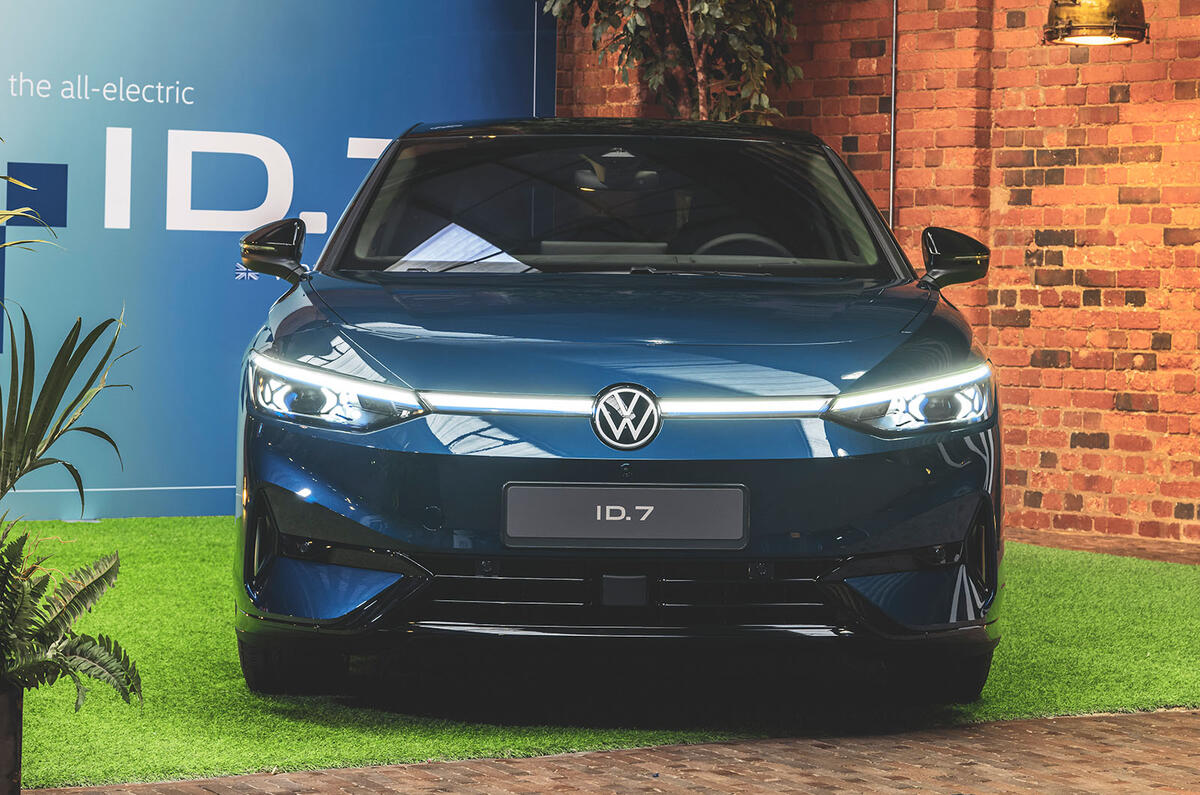
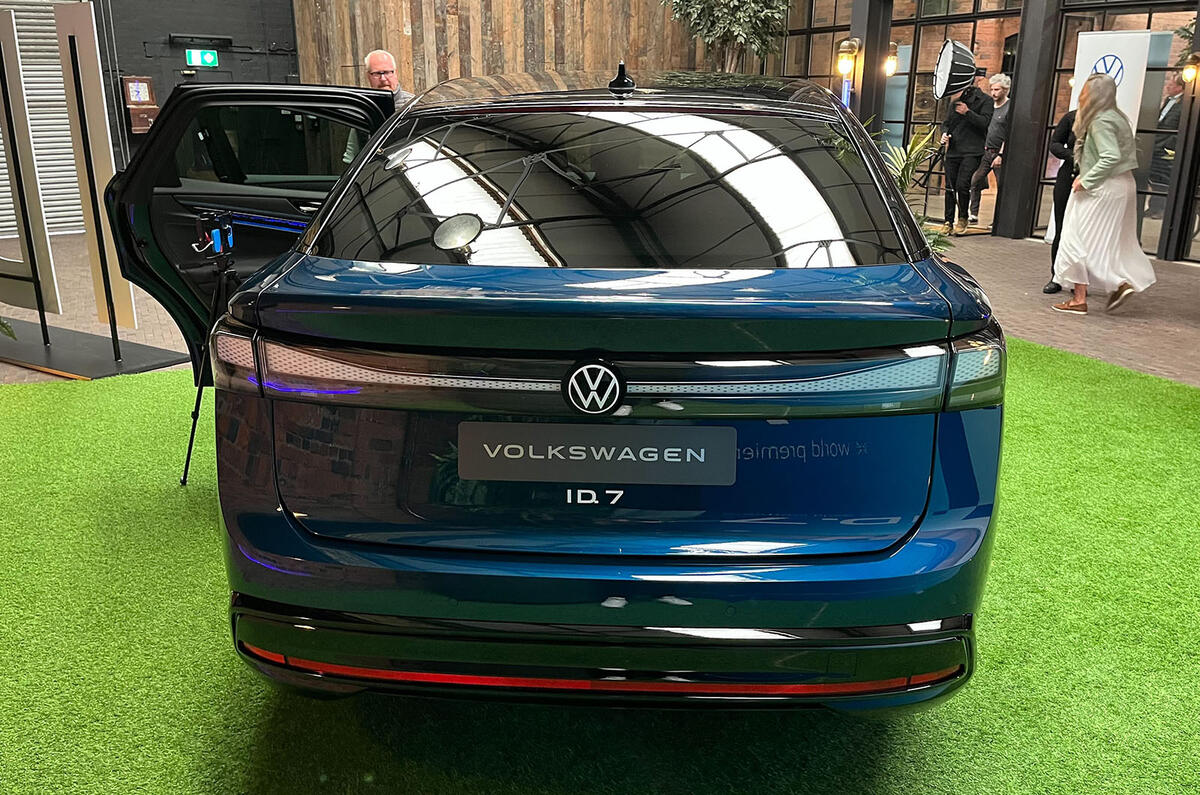
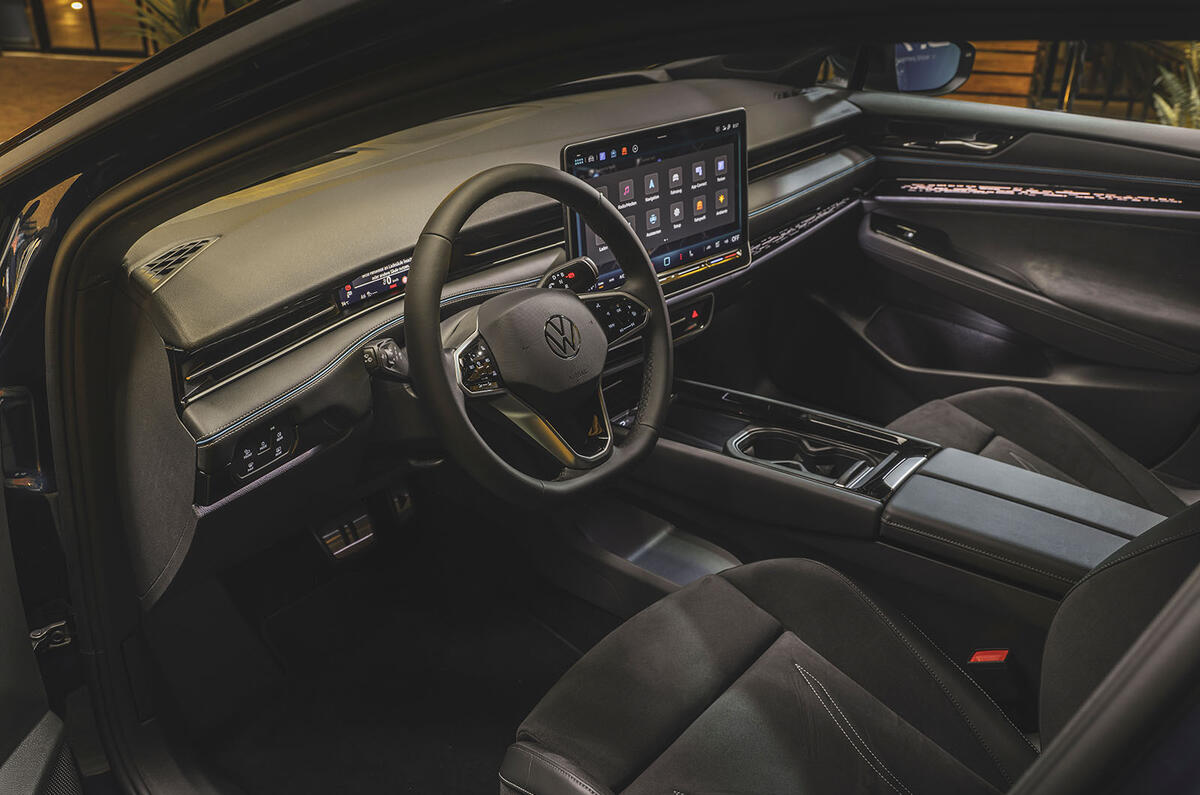


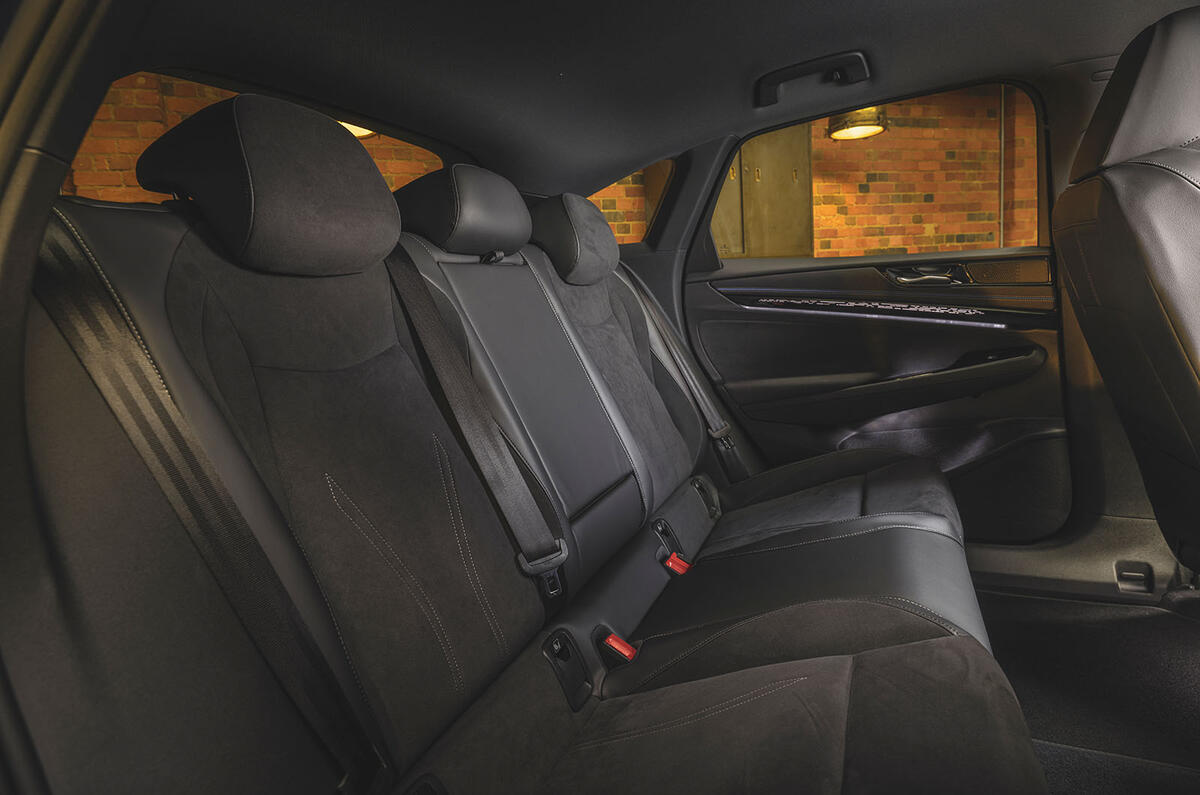
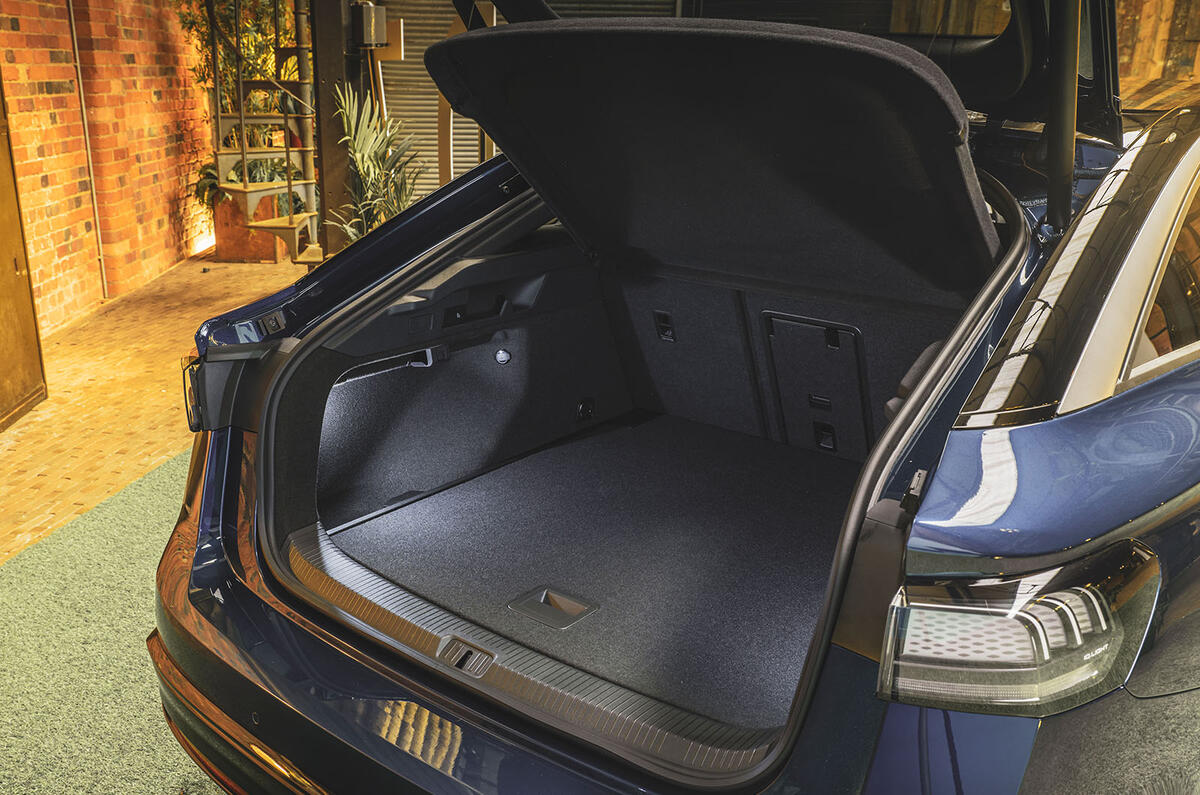

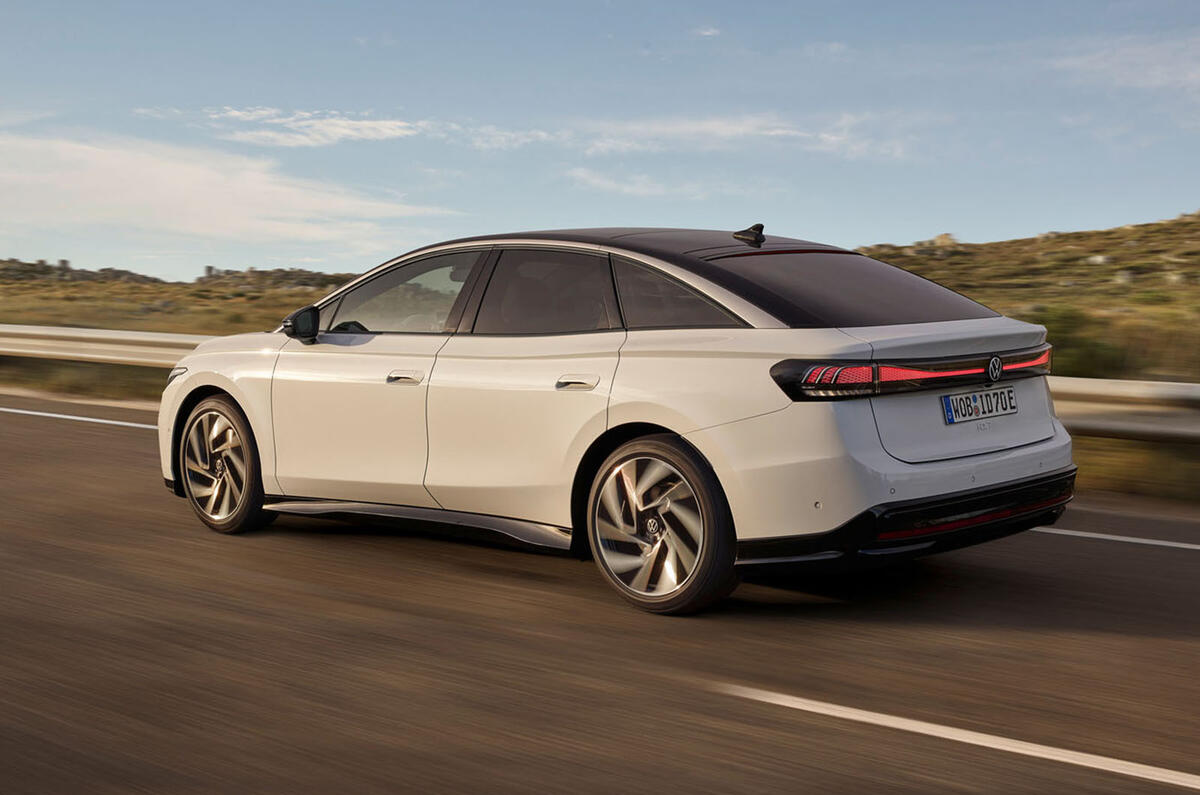
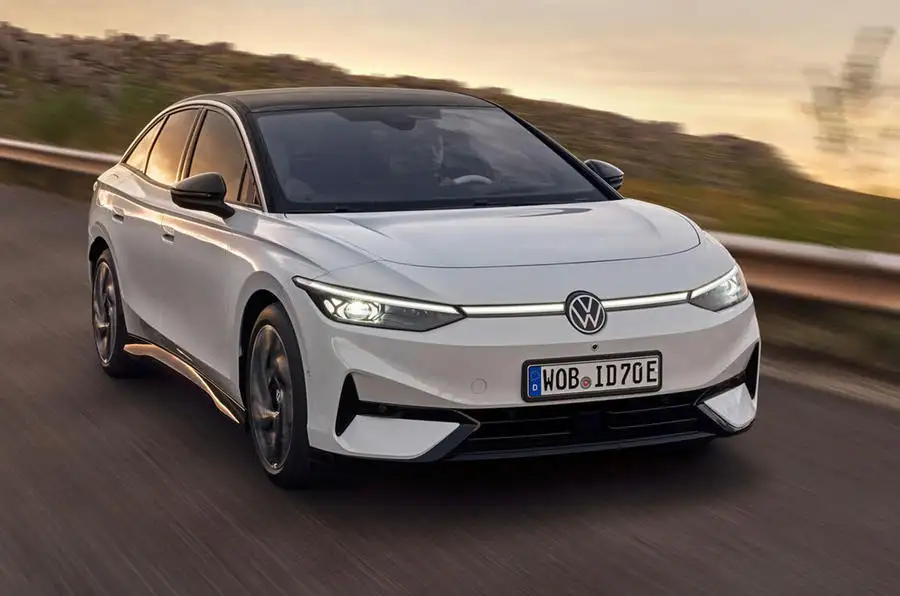
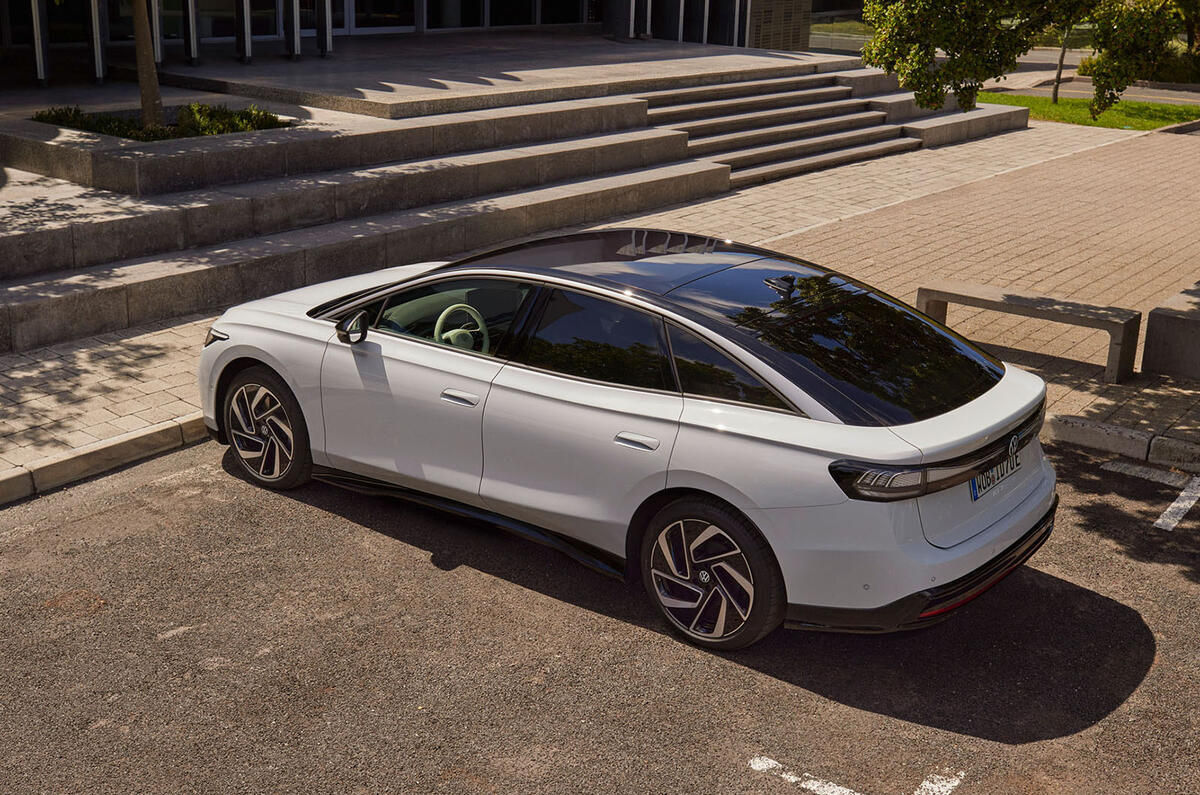


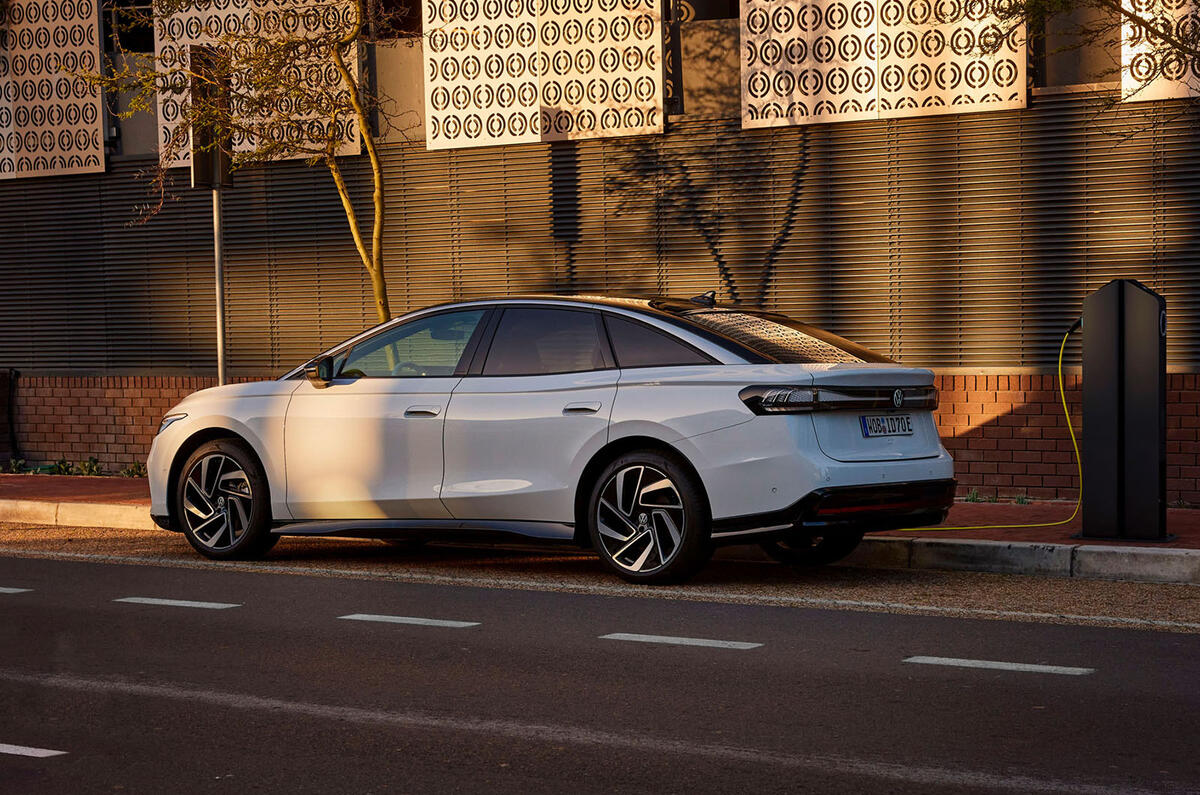




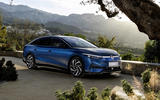
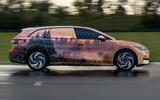






















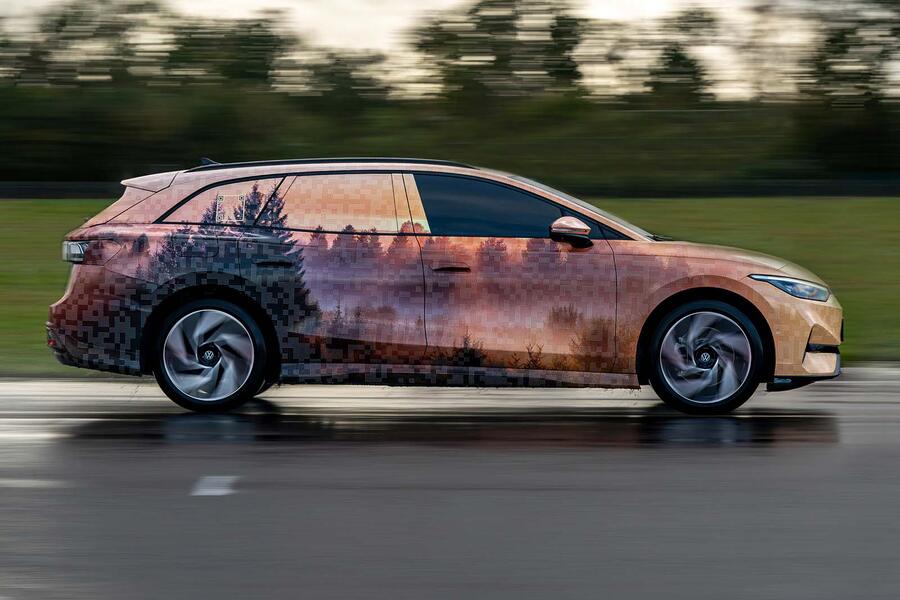






Join the debate
Add your comment
I know batteries and the accompanying electrics are expensive to manufacture but I cannot but think that motor manufacturers are being extremely ambious with their EV pricing. Perhaps it is very old fashioned to be looking at list prices when the vast majority of cars are now "purchased" on finance but with rising interest rates it doesn't seem too far fetched to think that many new EV "owners" will be paying more to borrow a car for 3 years than they will be paying on their mortgage - but have nothing to show for their expenditure. Personally I think too many EV buyers have become fixated on range so just like manufacturers got in a race to build engines that produced more bhp than their competitor models the new mantra is to build more range. This does not add substantial cost but also weight and inefficiency. I'm no Tesla fan but frankly the Tesla Model 3 represents fantastic value with a price starting below £40k. Astra v M3 for the same money? No contest.
Isn't the MEB platform already obsolete? The new Macan / Q6 will be based on a new and different component set.
Estates are vastly preferable to SUVs but I'm not sure this amorphous blob will cut it.
What is it with Autocar? You've recycled an earlier article by copying and rewriting it for the estate version! It is obvious this was originally the original ID 7 in April, as the comments from that date make clear.